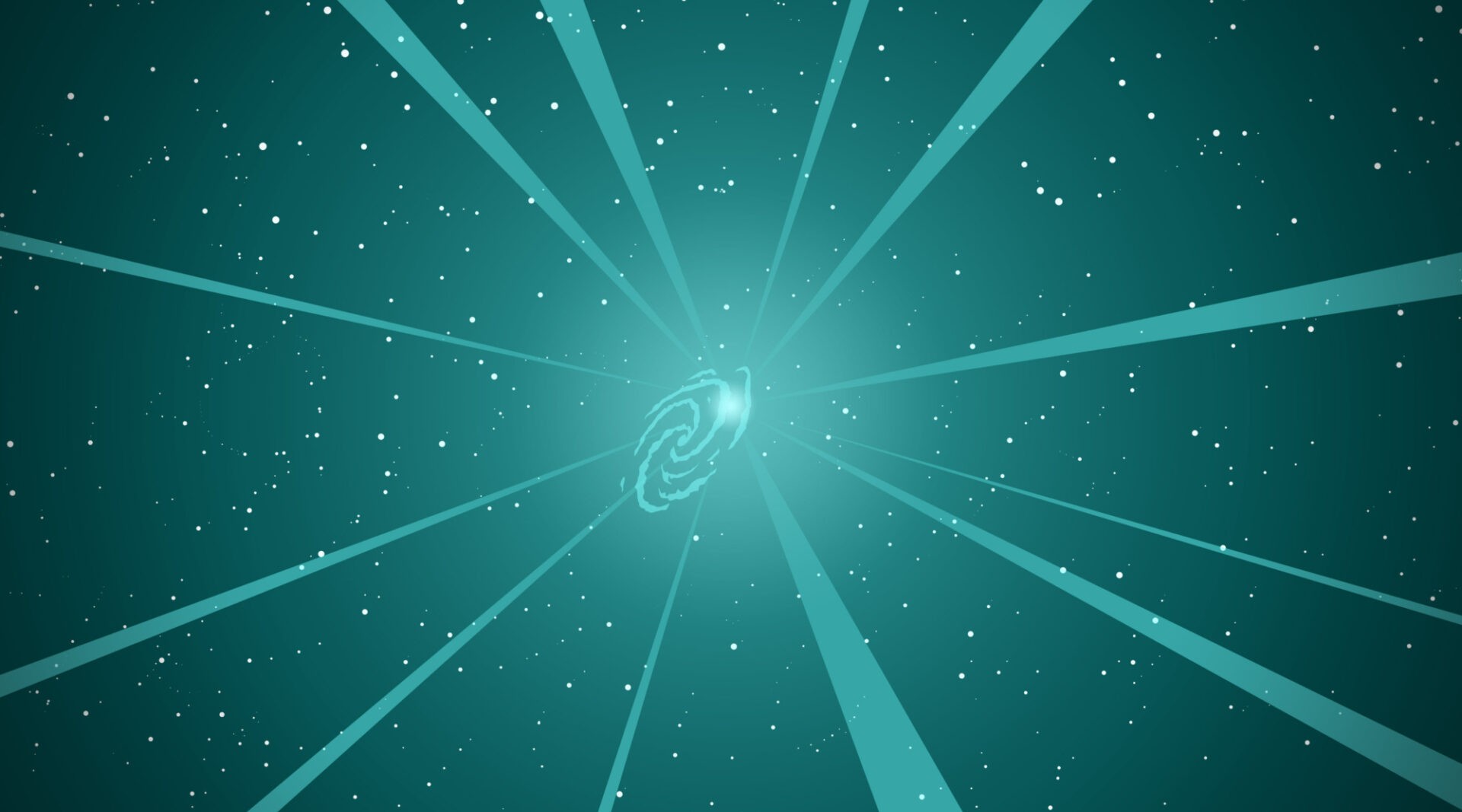Our Changing Universe
When we go outside and look at the night sky, we expect it to look pretty much the same every night. Although the moon might be in a different phase or a planet in a different location from the last time we looked, the stars and everything else in the Universe appear to stay the same. But the reality is that the Universe is full of objects that are changing and moving and our eyes just aren’t sensitive enough to detect them.
As a survey telescope, the Rubin Observatory will observe and take images of the entire southern night sky every three nights. That means for any part of the sky, we’ll be able to see what it looked like three days ago, and three weeks ago, and eventually even three years ago. Because we’ll have a baseline for what that part of the sky normally looks like, if we take a new picture tonight, we can immediately tell if something has changed. In fact, the Rubin data processing software identifies anything that has changed in a new image after only 60 seconds.
Because its camera takes such big, sensitive pictures, Rubin Observatory will identify about 10 million changes in the sky every night. That’s over 100 times more than surveys that have come before! But what types of things will we find in the sky? Some of these discoveries will be solar system bodies that move across the sky, changing positions that we track. But most of the discoveries will be objects that change brightness.
The most numerous objects we expect to find are all types of supernovae. Supernovae are huge cosmic explosions that come from either the death of a massive star or the collapse of a dense stellar remnant like a white dwarf. These explosions produce all elements heavier than iron, and they affect how galaxies change shape and form stars. They even help us understand the expansion of the Universe.
Some stars are more quietly variable. They change brightness slowly and regularly—their light pulsing in and out. Other times, their magnetic fields temporarily break and then reconnect, creating bright flares like those from the Sun. And sometimes stars simply exist in pairs, but a telescope sees them as one object that looks more or less bright because one star is in front of the other.
Supernovae and variable stars are relatively common, but sometimes more exotic objects or events light up their parts of the sky. Pairs of dense neutron stars merging together, black holes eating nearby gas in their galaxies, and stars being torn apart by black holes—Rubin Observatory will detect all of this and more! In truth, what many Rubin scientists are most excited about are the things we’ll detect but can’t identify. What mysteries are out there in the Universe waiting to be discovered? We can’t wait to find out.

